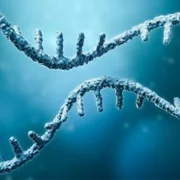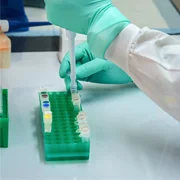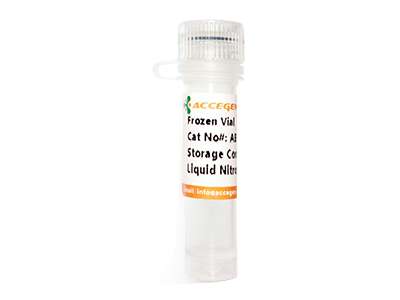Featured Products
- In-Stock Tumor Cell Lines
- Human Orbital Fibroblasts
- Human Microglia
- Human Pulmonary Alveolar Epithelial Cells
- Human Colonic Fibroblasts
- Human Type II Alveolar Epithelial Cells
- Human Valvular Interstitial Cells
- Human Thyroid Epithelial Cells
- C57BL/6 Mouse Dermal Fibroblasts
- Human Alveolar Macrophages
- Human Dermal Fibroblasts, Adult
- Human Lung Fibroblasts, Adult
- Human Retinal Muller Cells
- Human Articular Chondrocytes
- Human Retinal Pigment Epithelial Cells
- Human Pancreatic Islets of Langerhans Cells
- Human Kidney Podocyte Cells
- Human Renal Proximal Tubule Cells
Primary Cells
Explore Products



 L929 cells are fibroblast-like, adherent cells derived from the subcutaneous tissue of a 100-day-old male C3H/An mouse. They are commonly used in cytotoxicity and biocompatibility assays, especially in biomaterials and tissue engineering. Due to their sensitivity to TNF, they are valuable for cytokine and inflammation studies. Additionally, their susceptibility to viruses like IBDV makes them useful in virology research, including viral replication and antiviral testing. Cells are APRT+ and HPRT+.
L929 cells are fibroblast-like, adherent cells derived from the subcutaneous tissue of a 100-day-old male C3H/An mouse. They are commonly used in cytotoxicity and biocompatibility assays, especially in biomaterials and tissue engineering. Due to their sensitivity to TNF, they are valuable for cytokine and inflammation studies. Additionally, their susceptibility to viruses like IBDV makes them useful in virology research, including viral replication and antiviral testing. Cells are APRT+ and HPRT+.